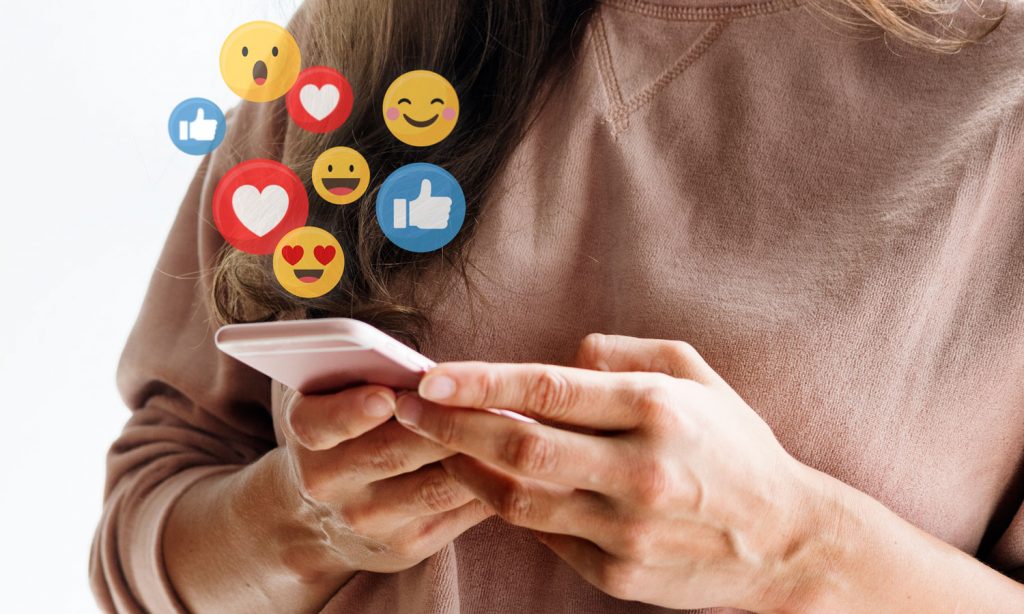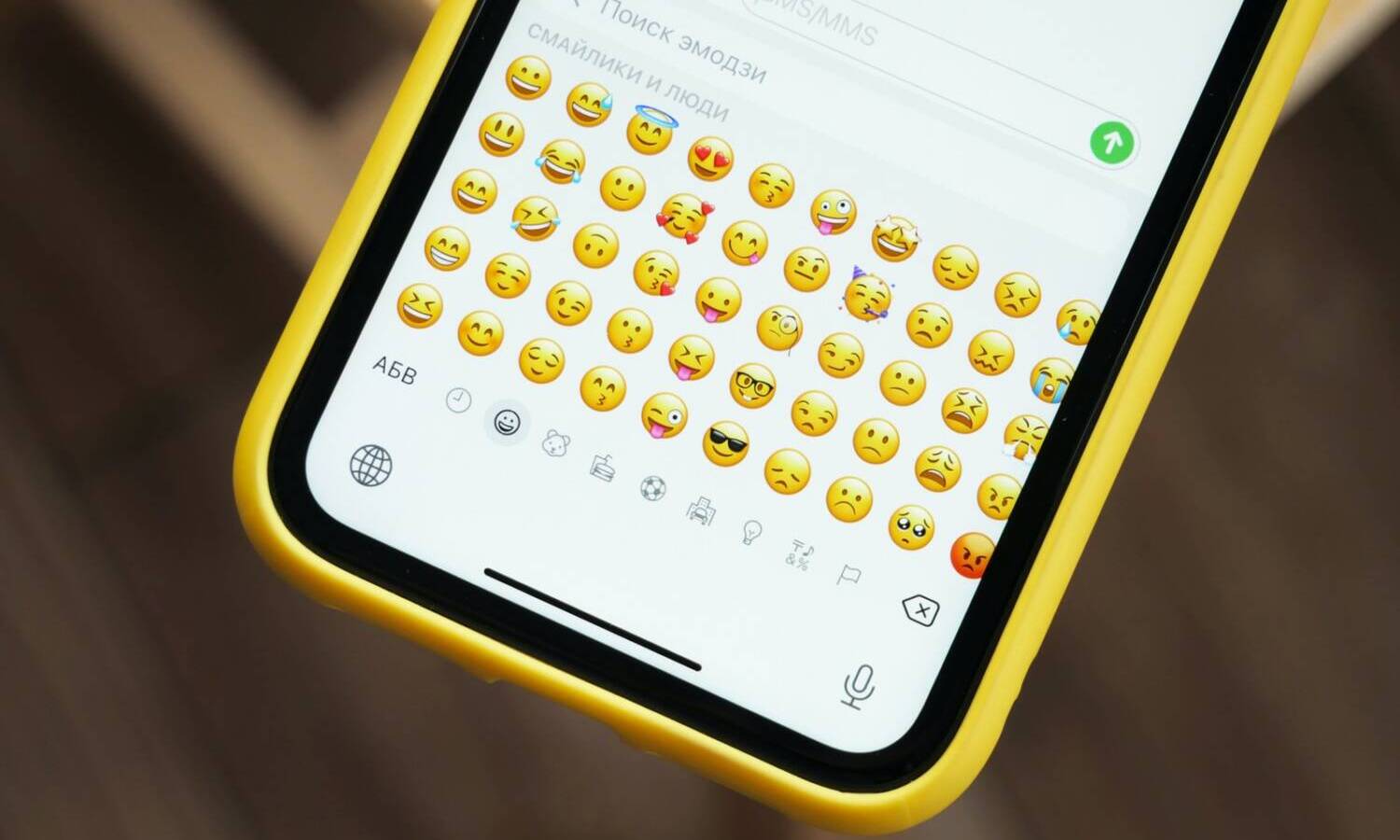Even though the list of emojis isn’t an exhaustive one, it’s fascinating to see that the DEA pays attention to the way drugs are discussed, even digitally.
As a method of fighting back against overdose deaths, the DEA recently began the “One Pill Can Kill” campaign. The driving source of motivation behind the new campaign is to provide an opportunity for the media, parents, teachers, educators, and community organizations to raise awareness about counterfeit prescription drugs.
As part of the campaign, the DEA is helping to teach parents signs to watch for that can help them indicate when their children are discussing illegal drug use. If the point of the program is to teach the mentors of teens and young adults the coded language they use to discuss drugs, then it makes complete sense why emojis would be one of the program’s core focuses.
Here are some key takeaways about the DEA’s findings regarding the way emojis are used to discuss drugs amongst teens and young adults.

When Emojis Are Most Often Used For Depicting Drug Use
The fact that emojis are used to depict specific types of drugs and actions likely isn’t much of a surprise to most people. Still, it may come as a surprise to see just how many different types of activities related to drug use can be depicted solely using emojis.
For instance, according to a graphic shared by the DEA, emojis are used to depict all sorts of drugs from meth to marijuana. There are also emojis that depict the potency levels of drugs, like bombs or flames along with some that are shared just for the purpose of dealer advertising like plugs or stacks of cash.
Platforms Where Emoji Use Is Common
Knowing what emojis are used for the purpose of depicting drug use is helpful, but that insight is limited. The only way this insight can be leveraged is by knowing what mediums teens are using to discuss drug use.
According to the DEA, the platforms range from long-standing entertainment platforms like YouTube to newer social media platforms like TikTok. The most widely used platform for criminal drug network activities is Snapchat, followed by Facebook Messenger and Instagram.
Some examples of emojis that are commonly used on these platforms that may depict drug use include the P Button emoji, to represent Percocet, or the 8 ball, which is used to refer to cocaine.
Glaring Omissions By The DEA
It would be hard to miss out on the obvious ones like a tree meaning marijuana or a mushroom emoji depicting shrooms. That being said, it’s somewhat surprising that some of the less obvious, still widely used emojis like a gas container which depicts high potency marijuana or the eyeball emoji for must see products that are being advertised.
RELATED: The Most Popular People And Emojis On Twitter In 2020
Another oversight from the DEA’s powerpoint is the use of the Canadian maple leaf as a universal signal for drug use. One could be left to wonder what our neighbors to the north think of the DEA confusing the emblem of their flag for a pot leaf.
RELATED: FDA Will Use Reddit To Learn About Cannabis-Derived Products Including CBD & Delta-8
Even though the list of emojis isn’t an exhaustive one, it’s fascinating to see that the DEA pays attention to the way drugs are discussed, even digitally. Since the book is out on the fact that the DEA is watching, it’s fair to question if drug dealers and their customers will take things offline in the near future like back in the old days.


